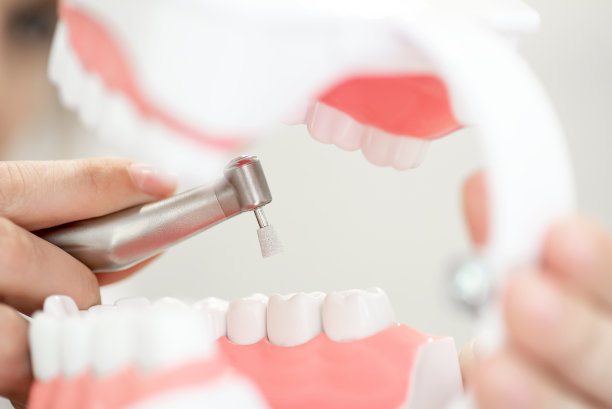A Comprehensive Guide to Extracting a Tooth and What to Expect During the Procedure
Summary: Extracting a tooth is a common dental procedure that many individuals may face due to various reasons such as decay, overcrowding, or periodontal disease. This comprehensive guide delves into what to expect during a tooth extraction, covering pre-procedure preparations, the extraction process itself, post-operative care, and potential complications. Understanding each aspect of this procedure can help alleviate anxiety and ensure a smoother experience. Whether youre due for a tooth extraction or just curious about the process, this guide aims to provide you with essential information, empowering you to make informed decisions about your dental health.
1. Preparation for Tooth Extraction Procedure

Before undergoing a tooth extraction, proper preparation is crucial for both the patient and the dental professional. One of the first steps is a thorough examination, which may include X-rays to assess the tooths condition and the surrounding bone structure. This diagnostic tool helps the dentist determine the best extraction technique and anticipate any potential complications.
Additionally, patients should disclose their complete medical history. Informing the dentist about current medications, allergies, or medical conditions is essential, as it influences anesthesia choices and post-operative care. For instance, individuals on blood thinners may require special instructions to minimize bleeding risks.
Once the preparation phase is complete, patients may receive specific guidelines to follow before the procedure. This can include restrictions on eating or drinking, as well as any necessary arrangements for transportation, especially if sedation is involved. Following these instructions ensures that the extraction goes as smoothly as possible.
2. The Tooth Extraction Process Explained
On the day of the procedure, patients can expect to receive anesthesia to numb the area around the tooth. This can be administered as local anesthesia, which numbs only the targeted area, or sedation options for patients who may experience anxiety. Understanding the type of anesthesia being used can help set appropriate expectations regarding sensations during the extraction.
Once the anesthesia takes effect, the dentist proceeds to extract the tooth. Simple extractions involve loosening the tooth with an instrument called an elevator and then removing it with forceps. In contrast, surgical extractions might be needed for teeth that are broken or havent fully erupted. This process involves incisions in the gum and possibly removing bone around the tooth, which requires additional skill and care.
Throughout the procedure, patients may feel pressure but should not experience pain. Dentists often communicate with patients, ensuring they are comfortable. After the extraction is complete, the dentist provides instructions on how to care for the extraction site and manage any immediate discomfort.
3. Post-Operative Care and Recovery
After a tooth extraction, following post-operative care instructions is critical for ensuring a smooth recovery. One of the primary recommendations involves biting down on a gauze pad to control bleeding for a few hours after the procedure. Its important to avoid vigorous rinsing or sucking on straws, as these actions can dislodge the blood clot that forms in the socket.
Patients should also manage pain and swelling with prescribed medications or over-the-counter pain relievers, as advised by the dentist. Applying ice packs to the outside of the cheek can help reduce swelling during the initial 24 hours. Staying hydrated and sticking to soft foods during the recovery period is important for avoiding irritation at the extraction site.
Monitoring the extraction site for signs of infection, such as increased pain, swelling, or discharge, is vital. Any concerning symptoms should prompt a call to the dentist to ensure proper healing. Most patients can resume regular activities within a few days, but complete healing may take a few weeks.
4. Potential Complications to Be Aware Of
Despite tooth extractions being common, there are potential complications that both patients and dentists should be aware of. One common issue is dry socket, which occurs when the blood clot is dislodged prematurely. Patients experiencing severe pain days after the procedure should consult their dentist, as dry socket requires special treatment to promote healing.
Another potential complication can be infection. Its crucial to maintain good oral hygiene during recovery but avoiding the extraction site initially. Patients with underlying conditions, such as diabetes, may be at higher risk of infections and should carefully follow their dentist’s advice.
Lastly, nerve damage is a rare but possible risk, particularly with lower wisdom tooth extractions. Symptoms may include numbness or tingling in the lips, tongue, or chin. Patients should discuss any concerns about nerve damage and follow-up care with their dentist for clarity and peace of mind.
Summary:
Understanding the tooth extraction process is essential for any patient facing this procedure. From preparation to recovery, each phase requires attention and care to ensure a successful outcome. By being informed about what to expect, patients can alleviate anxiety and promote a smoother recovery.
This article is compiled by Vickong Dental and the content is for reference only


